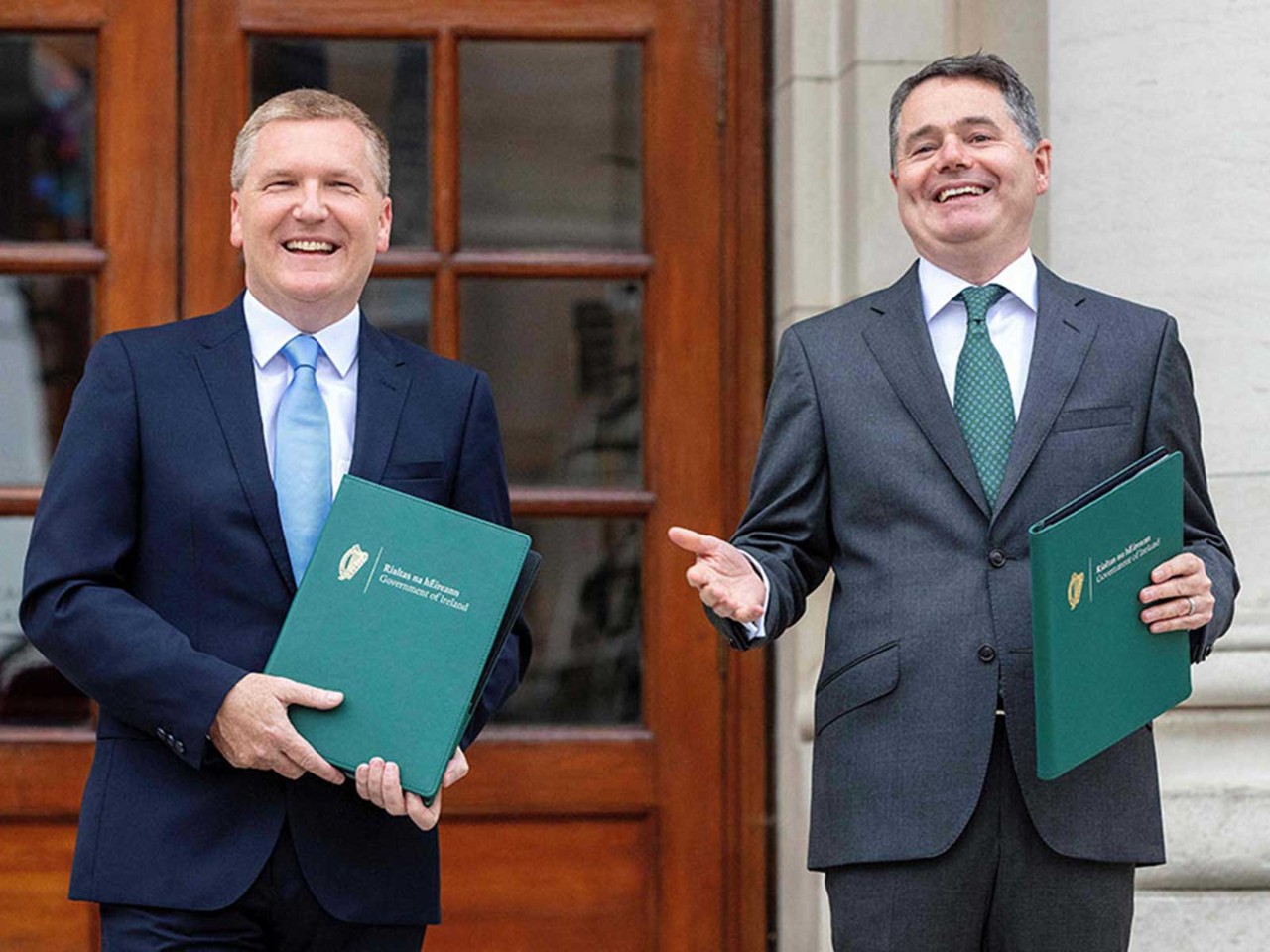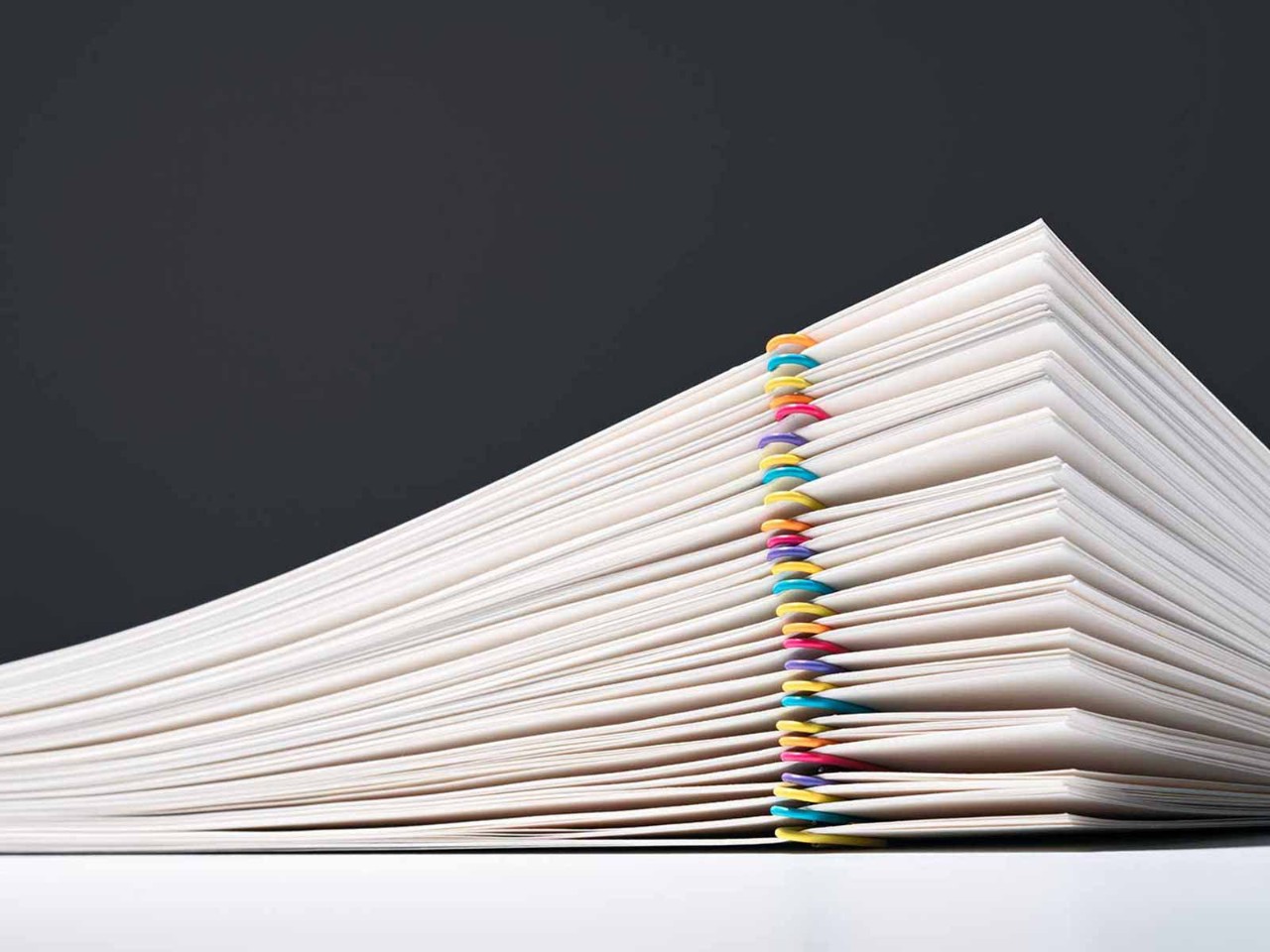How do we move economies away from industries that are harmful to the environment and contribute to the growing climate disaster? It is the question that will be on the minds of world leaders and scientists at November’s COP 26 meeting in Glasgow. The answer to part of that question is to transition away from heavy industry and agriculture and into the new digital economy.
For many in the West, that is seen as the panacea to the goal of fighting rising global temperatures. But can we really point to our own success at shifting our economy to a greener future by going digital, or are we just fooling ourselves?
Ireland is a good case study in how that transition is not as easy as we think. On the face of it, Ireland is home to the giants of the digital economy. Facebook, Google, Apple, TikTok and many other tech businesses are based in the country, supporting their global operations. However, the growth in digital requires massive datacentres to host all of the information that flows across the internet and is stored in the cloud. The problems this is now posing for the Irish energy grid are becoming apparent.

By the end of this decade a quarter of all the country’s energy supply will go to keeping the servers in datacentres running
According to the country’s energy regulator in a major report in September, there is a risk that the Irish electricity grid will be overwhelmed each year for the next five years, and a very real prospect that residential users will face blackouts as soon as this winter.
To prevent this, the options are as bleak as it gets, including extending the lifetime of coal and oil-fired power stations that were due to be mothballed or spending hundreds of millions of euro importing massive backup generators.
The increasing number of datacentres across Ireland are draining the power grid. The supply is barely enough to feed those that already exist, let alone the dozens more under construction or in the planning system. The grid operator, EirGrid, estimates that by the end of this decade a quarter of all the country’s energy supply will go to keeping the servers in datacentres running. Ideally, all of this power would come from renewable sources, but there simply aren’t enough wind farms to make this happen.
In a sense, it can be hard to quantify the environmental impact of data. Netflix is one of a few companies to present its impact on climate in an accessible way. According to the company, one hour of streaming its content in Europe emits as much carbon dioxide as driving 250 metres in a petrol car. That seems small enough until you factor in the 100 million Netflix subscribers who have watched a single episode of The Crown, not to mention all those selfies on Instagram and dance routines on TikTok. And that’s before any business use of data.
The International Energy Agency estimates that datacentres account for just 1% of global electricity usage and a much smaller amount of harmful emissions. Those figures, though, will grow. It will require a step up in the use of renewables if data is not to turn into just as much of a polluter as other sectors.
That is the conundrum facing economies transitioning to a greener future. If we don’t want a generation of workers to be left behind as traditional industries disappear, they will need options to take advantage of the emerging growth in digital. That, too, comes at a cost if our energy network is not to collapse. There are no easy choices.
Accounting for the Future
Climate change challenges are being discussed at ACCA’s annual virtual conference, Accounting for the Future, on 23–25 November, with sessions on rethinking sustainable business and a look at the lessons for business from COP26




